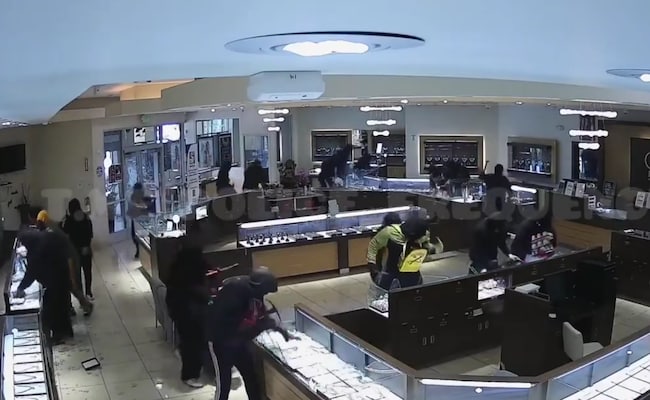New Delhi:
The seventh and final phase of the 2024 Lok Sabha election begins today.
Fifty-seven seats across seven states – 13 in Punjab and Uttar Pradesh, nine in Bengal, eight in Bihar, six in Odisha, four in Himachal Pradesh, and three in Jharkhand, as well as Chandigarh – will complete a mammoth exercise that began 55 days ago – on April 19.
Ahead of this phase of voting ex-Prime Minister Manmohan Singh launched a final attack on the BJP, writing a letter urging voters to make the most of a “final chance to ensure our democracy and Constitution are protected from repeated assaults by a despotic regime”.
PM’s Varanasi Bastion
Much of the focus in this phase will be on Prime Minister Narendra Modi’s seat of Varanasi in UP, which he is hoping to win for a third straight time.
Mr Modi romped to victory in 2019 with nearly 6.8 lakh votes and more than 63 per cent of the vote share. He faces the Congress’ Ajay Rai.
The Prime Minister filed his nomination on May 14 accompanied by a phalanx of senior leaders from the BJP and its partners, including party boss JP Nadda and Home Minister Amit Shah, as well as Maharashtra Chief Minister Eknath Shinde and his Meghalaya counterpart Conrad Sangma. This was after a flashy six km roadshow the evening before.
READ | PM Files Varanasi Nomination, Then A Massive Show Of Strength
Mr Rai has contested each of the past three elections from the temple town; the past two as a Congress leader and the 2009 poll as a member of Akhilesh Yadav’s Samajwadi Party.
His best return was in 2019 – 1.5 lakh votes and around 14 per cent of the vote share.
Hindus make up around 75 per cent of Varanasi’s demographic and Muslims 20 per cent.
An estimated 10 per cent are from Scheduled Tribes while 0.7 are from Scheduled Castes. The rural-urban split of the population is 65 to 35 per cent.
Away from Varanasi, the spotlight will be split between Punjab and Bengal.
Battle For Punjab
There is an intriguing AAP vs Congress vs BJP battle in Punjab. The AAP and Congress are, on paper, part of the INDIA opposition bloc and are contesting as allies in neighbouring Delhi.
In Punjab, however, the two are ‘enemies’, a strange state of affairs replicated in Bengal, where the Congress and the Trinamool are rivals despite being INDIA members.
The ‘friendly fire’ contests have been criticised by the BJP, which has said the bloc’s failure to agree seat-share deals underlines its unstable nature and makes it a poor choice.
The battle for Punjab is complicated by the Akali Dal – a former BJP ally that walked out over farmers’ protests from 2020 that continue to simmer – fighting independently too.
In 2019 the Congress – then led by ex-Chief Minister Amarinder Singh – got eight seats.
The Akalis and BJP (then allies) got two each and the AAP got one.
Fast-forward three years and the AAP thumped the Congress in the state poll, winning 92 of 117 seats. A faction-ridden Congress got just 18, the Akalis three and the BSP got one.
Significantly, the BJP contested 73 and won just two. This was against the backdrop of farmers’ protests, which rumbles on to this day, suggesting it might struggle this time too.
Rumble In Bengal
Only nine of Bengal’s 42 seats will vote today. However, these include the prestigious Kolkata North and South seats and Diamond Harbour, which was won in 2014 and 2019 by Chief Minister Mamata Banerjee’s nephew Abhishek Banerjee.
Diamond Harbour was previously a CPIM bastion; the party held it from 1967 to 2004.
The Kolkata seats were also won by the Trinamool.
The South seat is Ms Banerjee’s bastion, which she held from 1991 till 2011; this was when she was elected as the MLA from Bhabinipur and quit her MP post to become chief minister.




















